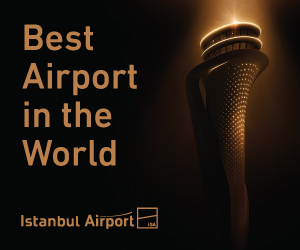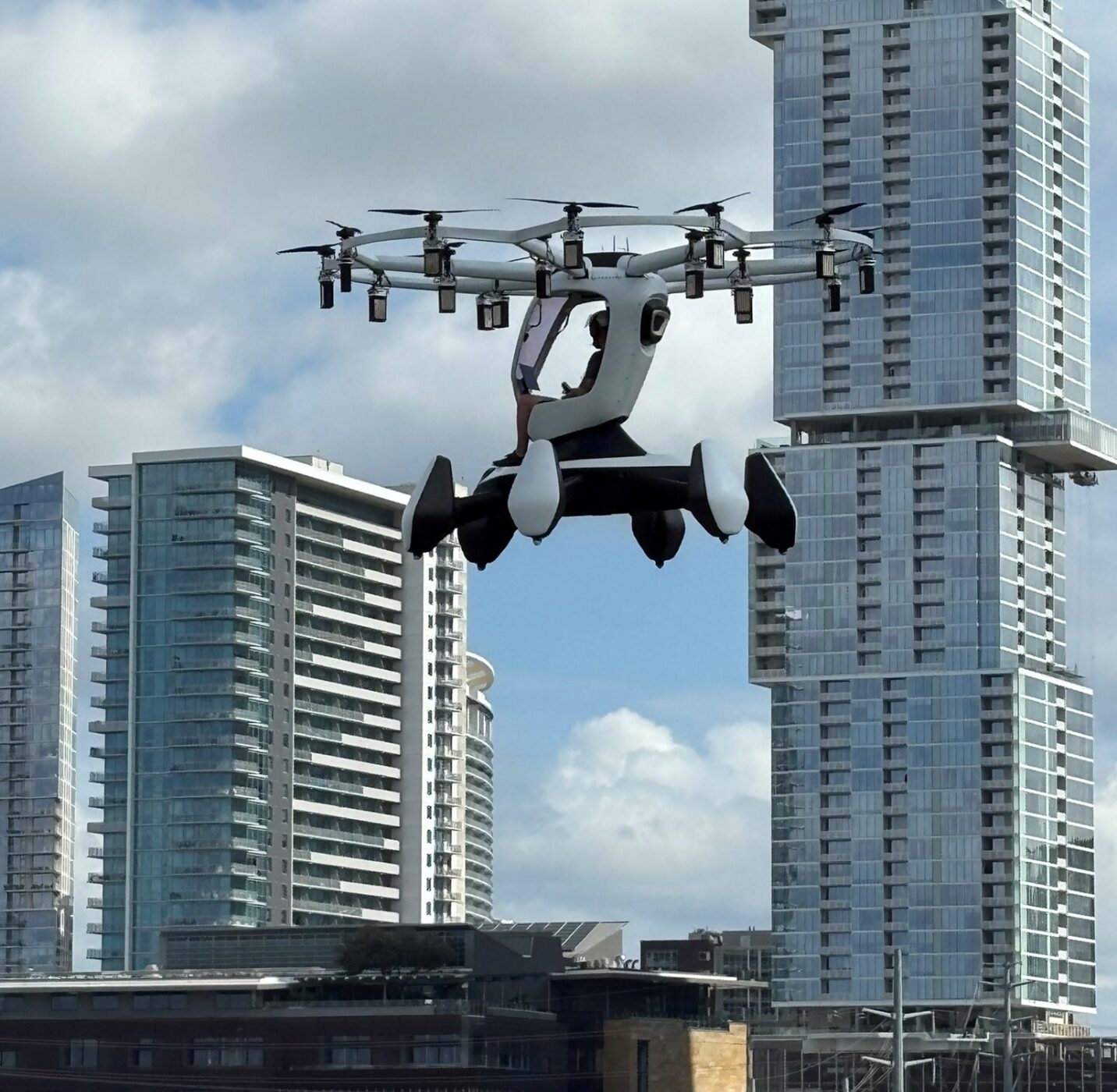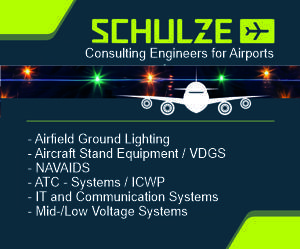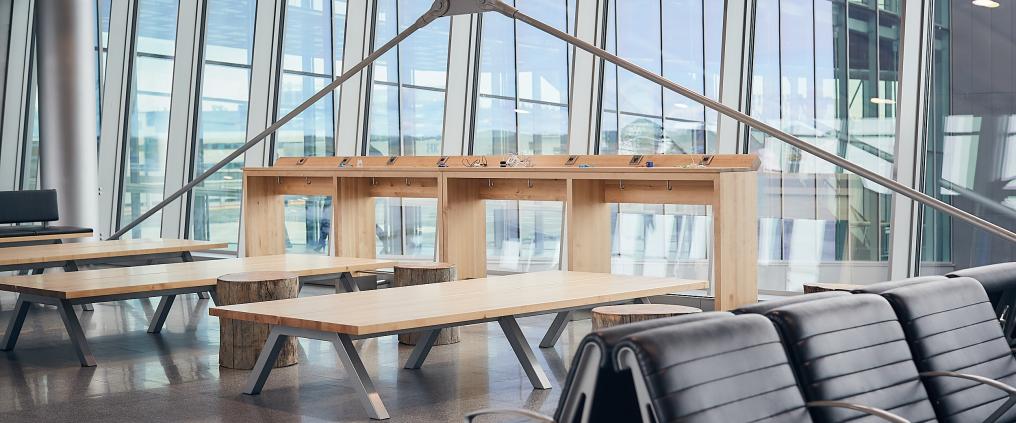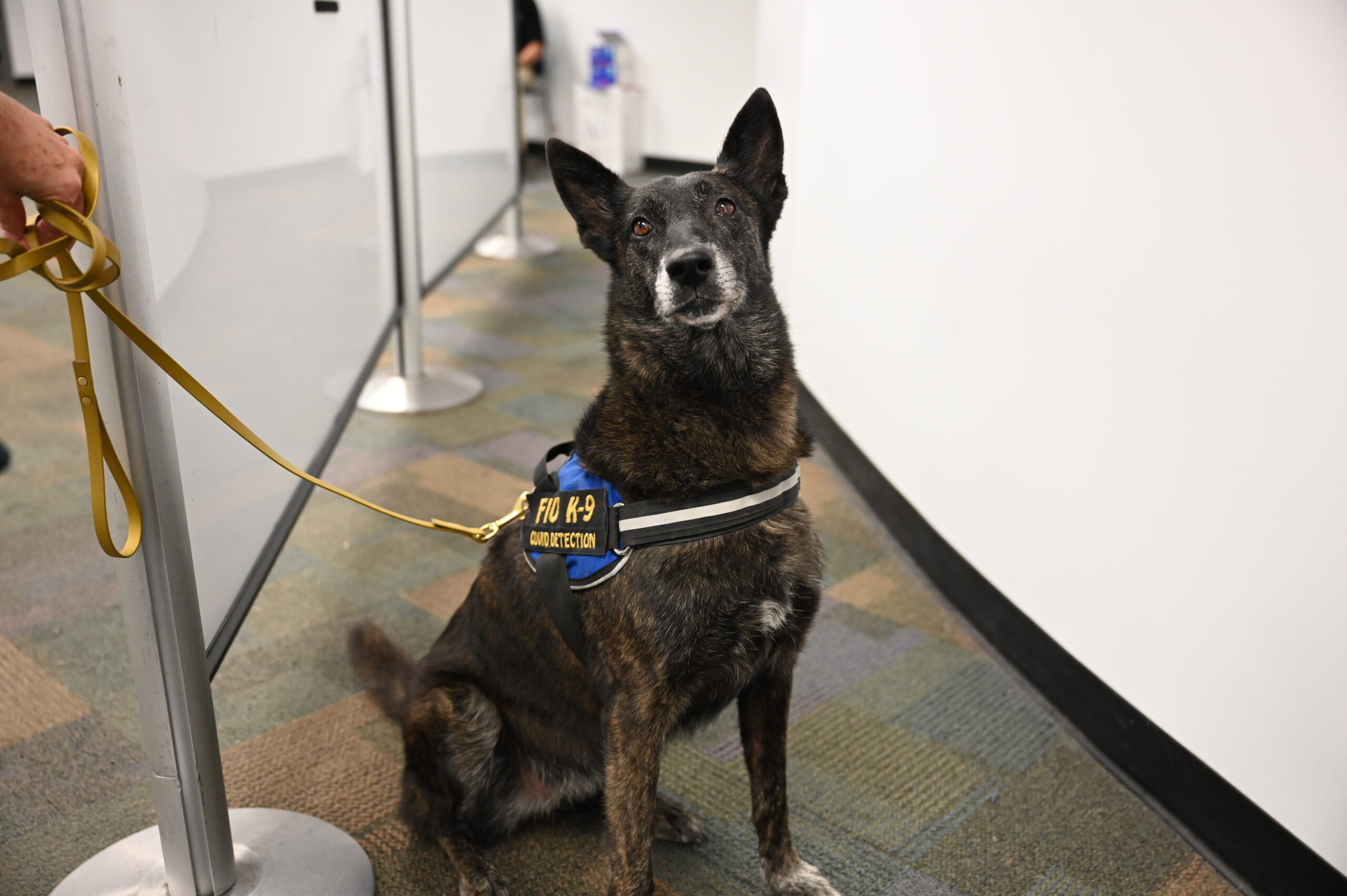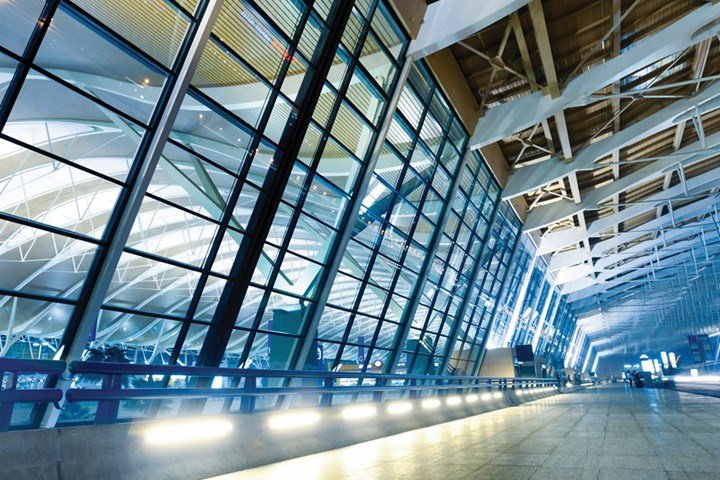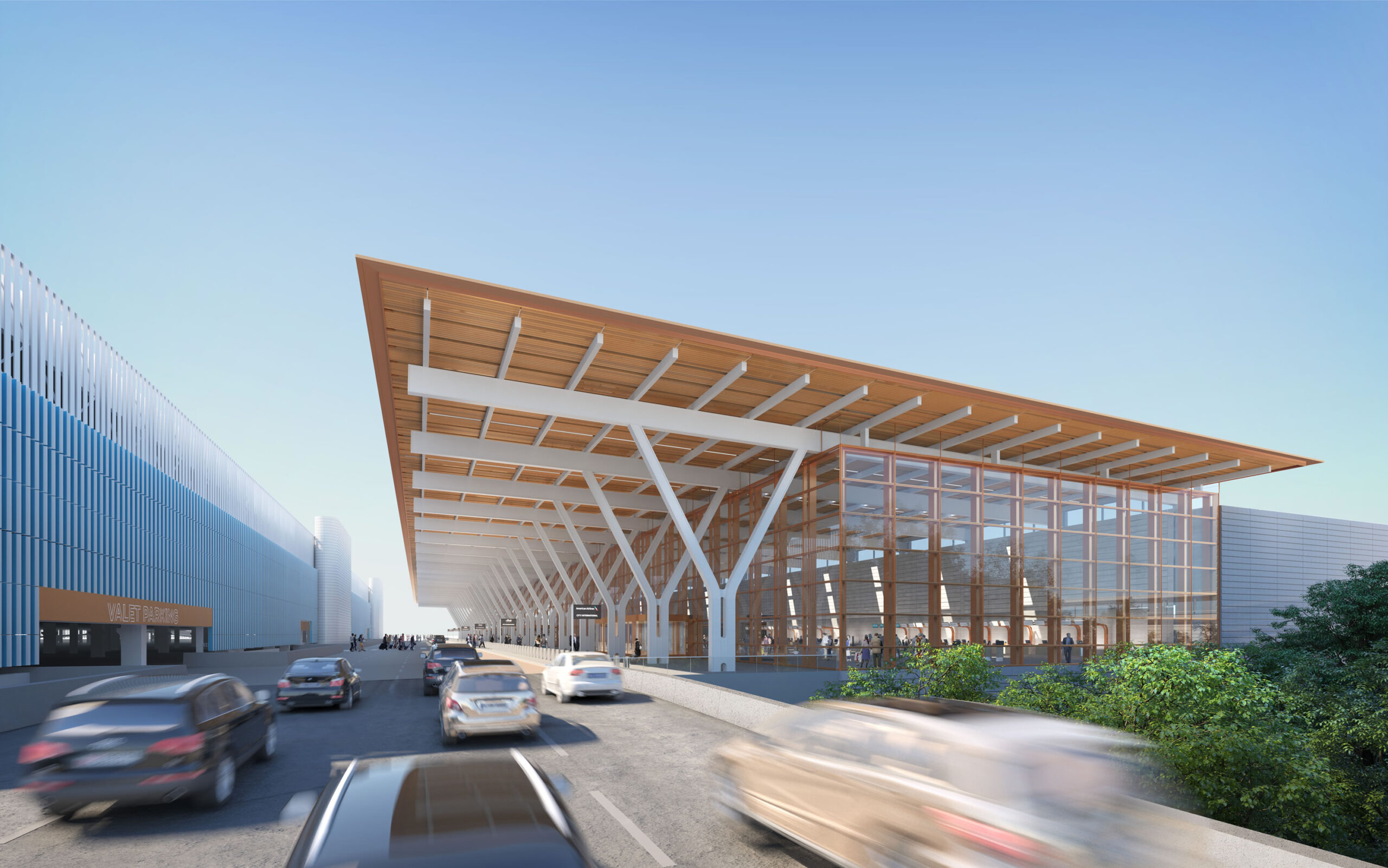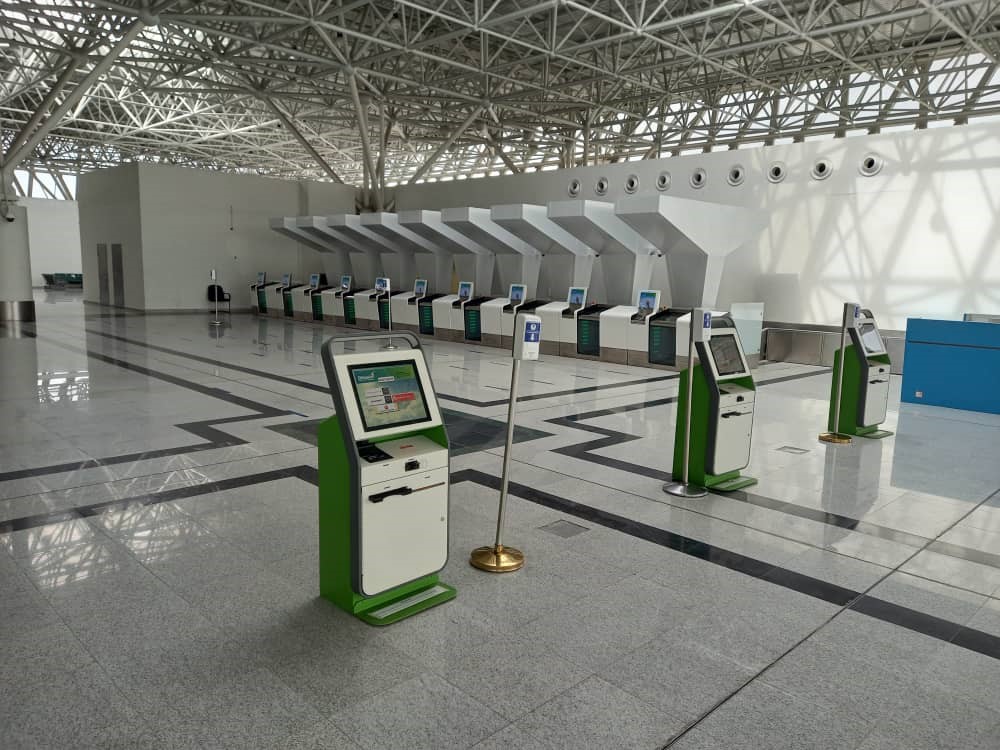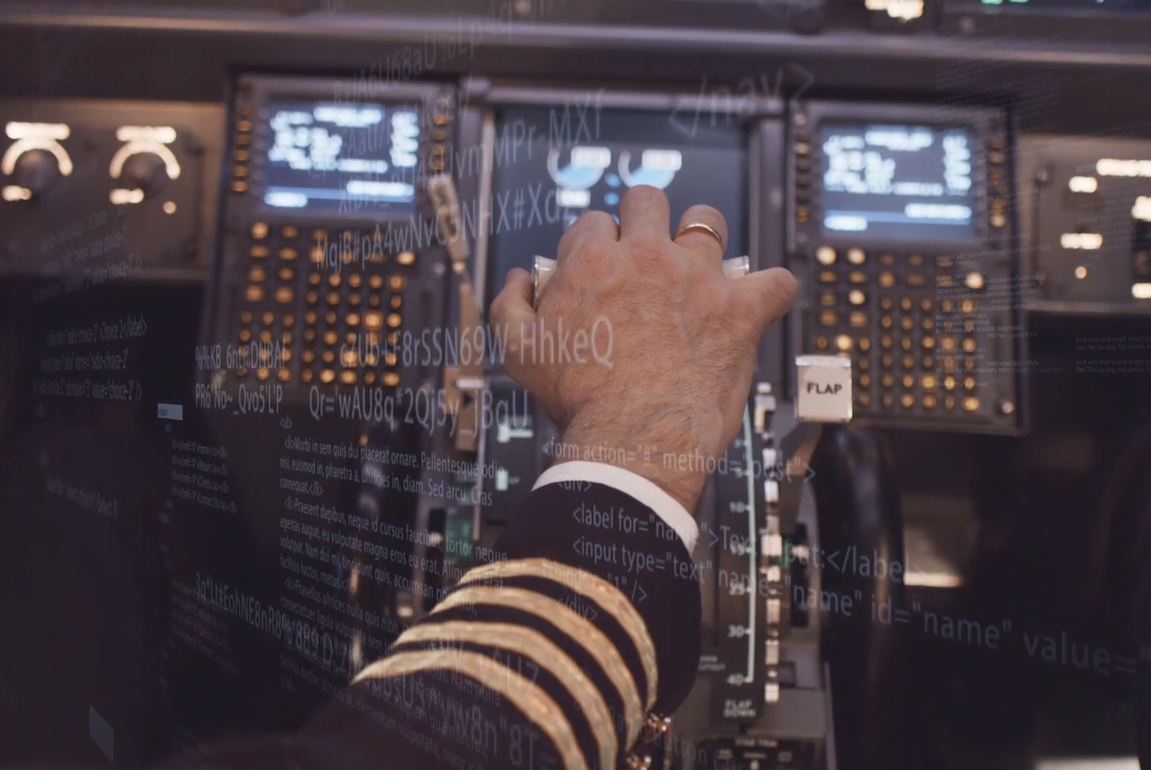Challenges on the Horizon: Why the Air Transport Industry Must Act Now to Avoid a Congestion Crisis
By Sumesh Patel President GEO, APAC
- Automation, efficiency, and simplicity to define a decade of air travel.
Empty airports and grounded planes became ubiquitous scenes over the last 18 months, with COVID-19 dramatically impacting the aviation industry financially and operationally. Many pitfalls kept airports, airlines, and governments scrambling to adapt to changing passenger numbers, entry regulations, and health requirements. From social distancing measures and PCR test validation to ensuring planes were maintained effectively while out of use and pilots didn’t become rusty due to inactivity – the challenges were varied and relentless.
As we finally see the graphs moving in the right direction, and as travel bubbles and pre-travel clearance forms become more familiar to passengers and staff, the industry must shift its focus forward to prevent an impending air travel crisis. Passenger numbers are climbing globally, particularly in western Europe, the US, and India, where short-haul and domestic journeys have shown that the demand is there. It’s evident passengers require a safe process and loosening of restrictions to return to the skies.
Cargo remains a silver lining, with cargo demand rising consistently and softening the financial blow with revenue expected to increase steadily. In India, Cargo revenue is expected to grow 15% YoY. This allows airlines to keep planes and pilots flying while the passenger numbers remain low.
Increasing fuel costs are exacerbating the situation for airlines as crude oil remains around USD 70 a barrel. While airlines remain cautious, replacing older aircraft with newer and more efficient ones will offset this cost and bring an essential cut to operating expenses in the future. We see many airlines seizing an opportunity to let go of older aircraft, modernize their fleet and reduce operating costs which will benefit them in the long run and ensure a more sustainable future.
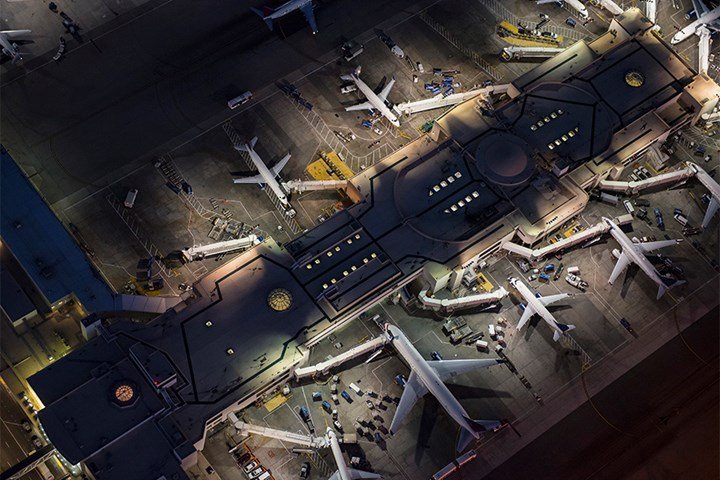
A Slow Start to Recovery
The lifting of border restrictions in many western countries has sparked splurges on short-haul vacations. European vacation destination countries like France, Spain, Turkey, and Italy see the highest flight volumes in Europe as lockdown fatigued holidaymakers take advantage of newfound freedoms.
However, the Asia Pacific region faces additional challenges without a unified regional or global approach to open travel with every country defining its own criteria for opening borders. While some countries such as Australia have done well to limit cases with good border controls, in part supported by SITA Health ETA, or Singapore, which is now looking to achieve more than 70% vaccination by end of August, quarantines and strict border restrictions remain with passenger numbers still under -90% of 2019 levels.
India is recovering fast, administering around 4.5 million per day on average, and their sizeable domestic market giving respite to the carriers. On the other hand, Indonesia, Myanmar, Malaysia, and Thailand face severe second or third waves. In contrast, Korea, Japan, and many other countries in the region have also seen a spike in COVID-19 cases.
There is now a growing recognition that this pandemic will be with us for a long time, and countries cannot keep borders closed for too long or risk severely damaging the economy. Travel is essential for most economies to prosper, and countries will have to have a higher risk appetite, striking a balance of acceptable case numbers while opening up borders. We do now see positive signs in this area, with countries like Singapore taking the lead. We see a close coupling with opening measures linked to vaccination and ease of restrictions for the vaccinated population everywhere.
Are We Ready?
Data suggests that while the industry has started a slow recovery, we expect it to quickly gain pace in the coming months with rising vaccination levels. The question is now if many airports are ready to handle it. While passenger numbers will recover slowly till the flood gates are opened, new processes with additional health regulations are here to stay. Research reveals that average passenger processing and waiting times have doubled from pre-crisis peak time – reaching three hours despite travel volumes hovering at around 30% of pre-COVID-19 levels and expected to be about 5.5 hours with 75% of pre-covid levels.
Airports especially are looking at a significant challenge of managing rising and eventually recovered passenger volumes, with passengers staying in the airports longer, the following distancing and going through more processing but within the same physical space. Automation and digitization are crucial to give passengers the confidence and control back to travel and manage efficiently reduce processing times to acceptable levels ensuring passenger satisfaction.
The Asia Pacific region is a patchy situation regarding automation and digitization. Some countries are making good progress in investing in the right areas to allow seamless passenger travel and easy processes to adhere to multiple health regulations; others are lagging. The region needs to achieve ‘collective digital maturity in these areas, especially for international volumes to come back.
This is a critical time that will define the companies which will survive and thrive in this new and complex landscape. By investing in the right areas and creating an experience aligned with customer’s needs and expectations, airlines, airports, and governments can help reignite the travel market and boost economies in the process.
Process Digitization and Automation
A simple and mobile enabled process to declare health and travel credentials is key along with reducing wait times in the airport. It is essential to digitize and automate passenger processing, to ensure the same physical space can handle the recovery and passengers have control over their journey. Also, passengers should have time and energy to use the airport retail and other facilities for an enjoyable experience helping airports to survive with additional revenue streams.
Automating the passenger processing health process from submission to validation and verification – mitigates forged paper certificates and cuts inefficiencies associated with manual document checking. This, in turn, offers passengers peace of mind about meeting all requirements and gives governments the ability to automate policy application and checks.
Being a leader in airport operation solutions SITA’s role is crucial, and we remain committed to help the industry meet these demands with our Health Protect and Smart Path solutions allowing safer and automated border control while truly enabling ‘your face as your boarding pass’ paradigm for passengers from check-in to boarding. An example of this is how we have helped Beijing CIA airport install our Smart Path solution from check-in to boarding. The solution allows 400+ passengers to board an Airbus A380 in less than 20 minutes.
Touchless and Connected Onboard Experience
Another key area is the onboard passenger experience and improving passenger safety with a connected experience using the passenger’s own devices minimizing touchpoints onboard. SITA’s Passenger IT Insights 2020 showed that more than two-thirds of all passengers opt to use their own device onboard to stay connected or access entertainment. Touchless and personal device enabled experience onboard is clearly the market demand and is fast becoming the new industry standard. Passengers now expect to be connected while using their own apps of choice and not be limited in the content available to them. SITA is helping by deploying its next generation, fast and reliable connectivity onboard to meet growing demands and criticality of a connected experience.
Operational Efficiency
Doing more with less, is the common goal for the industry now, but as traffic recovers those in the industry who have truly adjusted to leaner operations and better infrastructure will reap immediate benefits and bounce back quickly. Airports and airlines must ensure their technology infrastructure is flexible with cloud and API enabled platforms and next-gen connectivity solutions, to enable the use of next generation common use capabilities, remote and mobile enabled operations coupled with cost efficiency and flexible operational scalability.
SITA is helping in this area with our SITA Flex solution, an API-enabled cloud platform allowing flexible and future proof operational capability with mobile, self-service, and automated solutions on-site and off-site creating a seamless passenger flow.
For any airline, their fleet is by far their biggest capital outlay. There is immense opportunity to leverage the connected aircraft to drive new cost efficiencies. Given the cost pressure on airlines, it is not surprising that there is a growing demand to provide solutions which help airlines to do so. In addition to more efficient newer aircraft, new systems such tablet enabled weather monitoring applications give pilots better visibility on weather conditions and chart better route changes leading to large fuel savings in each flight.
At SITA we remain committed to help the industry recover and thrive and continue to bring new solutions and strategies for the industry. Our ‘Runway to Success’ website takes a deeper look at the key challenges faced by the industry.
This article was originally published by SITA.


